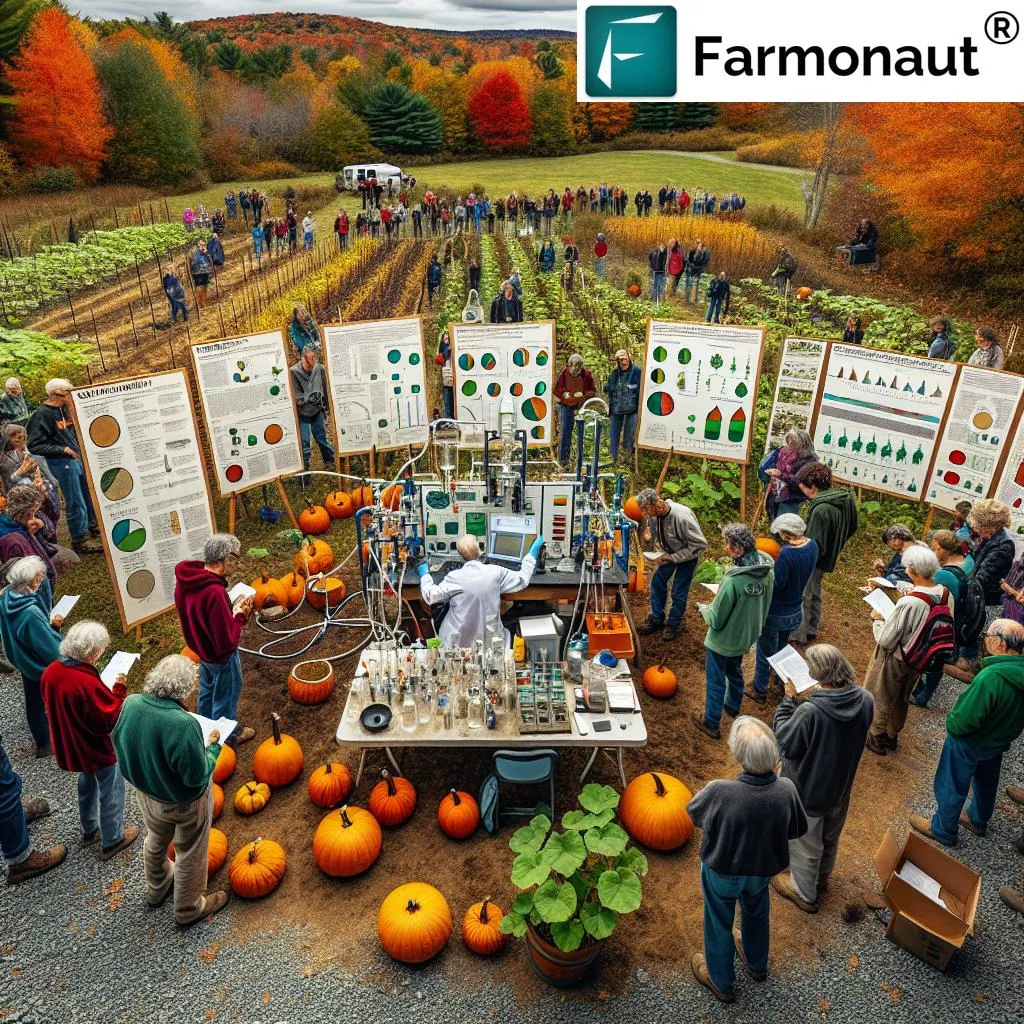In the sun-drenched Lis Valley of Portugal, where water is a precious commodity, a groundbreaking study is making waves in the agricultural sector. Researchers have successfully demonstrated that integrating remote sensing technology with traditional soil monitoring can significantly enhance water management and crop productivity for pumpkins (*Cucurbita moschata*). This innovative approach, published in the journal *Plants*, could revolutionize irrigation practices in water-scarce regions, offering a beacon of hope for farmers grappling with the challenges of climate change and resource scarcity.
The study, led by Susana Ferreira of the Instituto de Desarrollo Regional at the Universidad de Castilla-La Mancha in Spain, leveraged Sentinel-2 satellite imagery and in situ soil measurements to monitor the water status and evapotranspiration dynamics of pumpkin crops. By combining these data sources, the researchers were able to recalculate evapotranspiration (ETa) using vegetation indices derived from satellite imagery, providing a more accurate reflection of the actual crop conditions.
“Our findings show that by replacing the standard FAO-56 crop coefficients with those derived from vegetation indices, we can achieve a more precise estimation of ETa,” Ferreira explained. “This method not only improves water management but also has the potential to increase crop yields and conserve water resources.”
The study revealed strong correlations between soil moisture content (SMC) and electrical conductivity (EC) in the upper soil layers, indicating that EC can serve as a valuable complement to direct SMC measurements. This dual approach provides a more comprehensive understanding of near-surface moisture conditions, which is crucial for optimizing irrigation strategies.
One of the most significant aspects of this research is its potential commercial impact. In regions where water is scarce and every drop counts, the ability to precisely manage irrigation can lead to substantial savings and increased productivity. “For farmers, this means better water use efficiency and potentially higher yields,” Ferreira noted. “It’s a win-win situation for both the environment and the agricultural sector.”
The study also highlighted the importance of high-resolution remote sensing in precision agriculture. By continuously monitoring soil moisture and crop conditions, farmers can make data-driven decisions that enhance water productivity and sustainability. The calculated Water Productivity (WP) of 8.32 kg m−3 and Water Use Efficiency (WUE FAO-56) of 0.64 kg m−3 underscore the effectiveness of this approach under Mediterranean smallholder irrigation conditions.
As the agricultural sector continues to grapple with the impacts of climate change, innovative solutions like this one are more critical than ever. The integration of remote sensing technology with traditional soil monitoring offers a promising path forward, enabling farmers to adapt to changing conditions and optimize their resources.
“This research is a significant step towards sustainable agriculture,” Ferreira concluded. “It demonstrates the power of technology in addressing real-world challenges and improving agricultural practices.”
With the findings published in *Plants* and led by Susana Ferreira from the Instituto de Desarrollo Regional, UCLM Universidad de Castilla-La Mancha, this study not only advances our scientific understanding but also paves the way for practical applications that can benefit farmers worldwide. As we look to the future, the integration of high-resolution remote sensing and continuous soil monitoring holds the key to enhancing precision irrigation, increasing crop yields, and conserving precious water resources.

